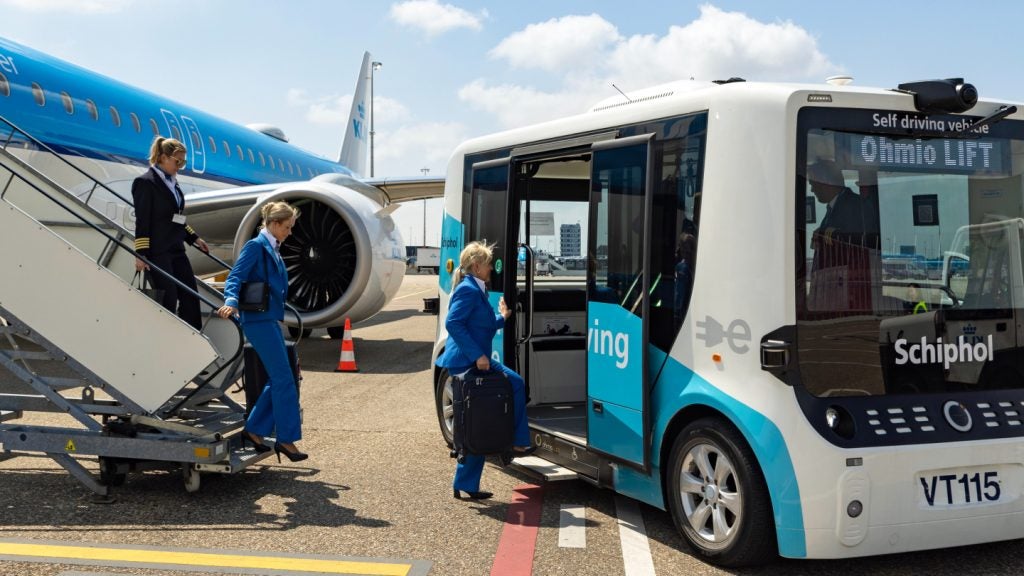Rajiv Gandhi International Airport in Hyderabad, India, has introduced the Matrix screening system to its customs department.
With this solution, customs officials can access X-ray images of baggage arriving on the international arrival belts for screening, in a matrix room.
New Indian Express said that officials do not need to be present at the baggage belt and can remotely detect suspicious baggage.
The system has a dedicated ‘reject loop’ that offers an extra bag holding capacity to transfer multiple bags.
This does not result in the congestion of bags on the belt, unlike conventional systems.
The system provides CCTV feed of baggage flow, a suspected baggage tracking system and a communication system.
How well do you really know your competitors?
Access the most comprehensive Company Profiles on the market, powered by GlobalData. Save hours of research. Gain competitive edge.

Thank you!
Your download email will arrive shortly
Not ready to buy yet? Download a free sample
We are confident about the unique quality of our Company Profiles. However, we want you to make the most beneficial decision for your business, so we offer a free sample that you can download by submitting the below form
By GlobalDataAnother benefit of the system is stated to be that the baggage is not cleared without the customs officer’s approval.
Last November, Rajiv Gandhi International Airport started trialling body scanners at its domestic terminal.
The three-month trial at Hyderabad Airport began on 12 October and has been introduced to travellers on a voluntary basis.
In October, GMR Hyderabad Airport Cargo introduced a platform to facilitate cargo charter operators through the air cargo terminal in Hyderabad, India.
Known as Hyderabad Cargo Charter Circle (HC3), the platform includes a membership programme offering different benefits.
Last July, GMR Hyderabad International Airport (GHIAL) planned to invest around Rs85bn ($1.23bn) to upgrade various facilities at Rajiv Gandhi International Airport.







